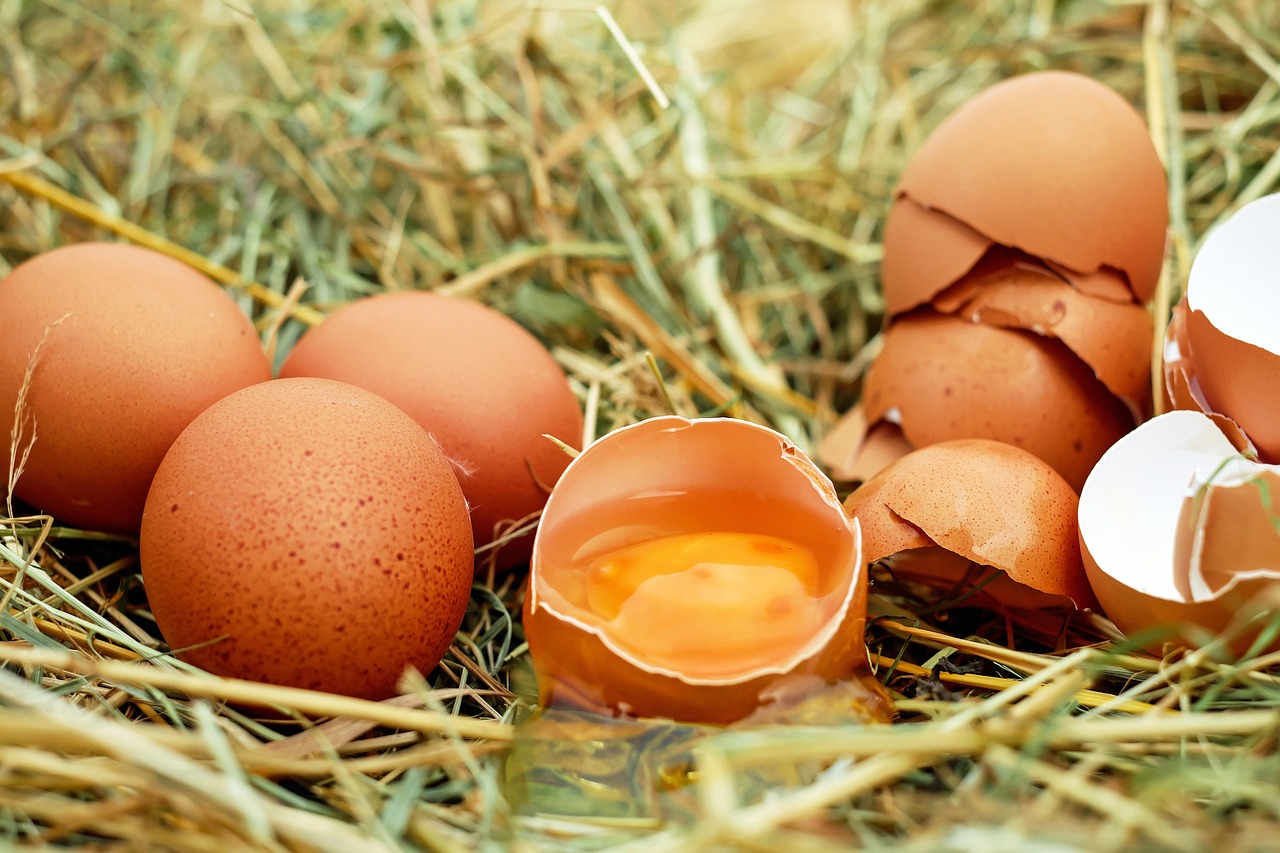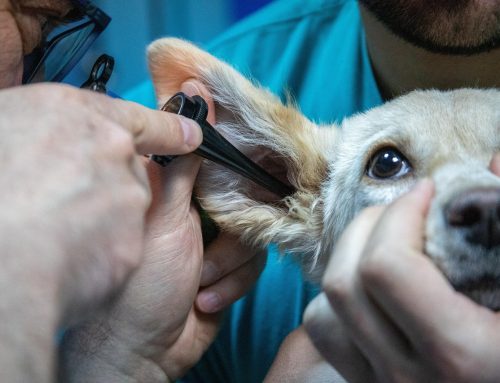
If you’re a dog owner, you probably think about your pet’s health all the time. Maybe you’ve heard people talking about feeding their dogs eggshells. But can dogs eat eggshells safely? It might sound strange, but eggshells actually have some helpful nutrients for dogs. There are also some risks involved if they aren’t prepared the right way. Let’s look at the possible dangers and how to feed them to your dog safely.
What Are Eggshells Made Of?
Eggshells are the hard, white outer layer that protects the inside of an egg. They are mostly made of calcium carbonate, which is a natural form of calcium. Calcium is one of the most important minerals for both humans and animals. Eggshells also contain small amounts of other minerals, like magnesium and phosphorus, which help the body function properly. Even though we usually throw them away, eggshells can actually be useful, especially if you have a dog on a homemade diet that might be missing some nutrients.
Are Eggshells Good for Dogs?
Dogs need calcium to grow strong bones, keep their teeth healthy, and make their muscles work properly. Without enough calcium, a dog’s bones can become weak or even break. Eggshells offer a natural way to add more calcium to your dog’s meals. This can be especially helpful if you make your own dog food at home and want to make sure it’s balanced.
Another reason some pet owners give eggshells to their dogs is to help with joint health. Inside the eggshell, there’s a thin layer called the eggshell membrane. This part contains things like glucosamine and chondroitin, which are known to support joints. Some people believe this can help older dogs who may have trouble walking or getting up due to joint pain. While not all dogs will see a big change, it might be a gentle and natural way to add support.
One more reason people like using eggshells is that it saves money. Buying store-bought supplements can be expensive. But if you already eat eggs at home, using the shells means you’re getting more out of something you would normally throw away. It’s also a way to reduce waste, which is better for the environment.

What Are the Risks of Feeding Eggshells?
Even though eggshells can be helpful, there are also some things to watch out for. One of the biggest concerns is giving your dog too much calcium. Too much calcium in a dog’s diet can actually be harmful. It can lead to problems with the kidneys or cause bones to grow the wrong way, especially in puppies. That’s why it’s really important to only give a small amount and not add eggshells unless your dog actually needs the extra calcium.
Another thing to think about is how the eggshells are prepared. If the shells are not crushed well, they can be sharp and might hurt your dog’s mouth or stomach. Larger pieces of eggshell could also be a choking hazard, especially for smaller dogs. To keep your dog safe, it’s important to make sure the shells are crushed into a fine powder.
There is also a risk of bacteria, like Salmonella, on raw eggshells. This bacteria can make your dog sick, just like it can make people sick. Dogs have stronger stomachs than humans, but they’re not completely protected. Cleaning and heating the eggshells helps get rid of bacteria and makes them safer to eat.
How to Safely Give Eggshells to Your Dog
If you decide to try giving eggshells to your dog, there are a few steps you should follow to make sure they are safe. First, rinse the eggshells well with water to remove any leftover egg inside. This helps get rid of germs and makes the shells cleaner. You don’t need to use soap, just water is fine.
Next, you need to sanitize the shells by heating them. You can bake the clean shells in an oven set to a low temperature, like 200 degrees Fahrenheit, for about fifteen minutes. Another option is to boil them in water for a few minutes. Both methods will kill most bacteria and make the shells safe for your dog to eat.
Once the eggshells are dry and cool, you should grind them into a fine powder. You can use a coffee grinder, a blender, or even a mortar and pestle. The goal is to turn the hard shells into something your dog can easily swallow and digest. A fine powder will mix better with your dog’s food and lower the risk of choking or injury.
After the powder is ready, mix a small amount into your dog’s meal. You don’t need a lot. A pinch or so for a small dog and a bit more for larger dogs is usually enough. It’s always a good idea to check with your vet before adding new foods or supplements to your dog’s diet. Your vet can help you figure out the right amount based on your dog’s size and health.
What to Watch For After Feeding Eggshells
Even if you follow all the steps, it’s still important to pay attention to how your dog reacts. Some dogs might not like the taste or texture, while others may have trouble digesting it. If your dog throws up, seems tired, stops eating, or has trouble going to the bathroom, stop giving them the eggshells and call your vet.
Signs of having too much calcium can include vomiting, being very thirsty, peeing a lot, or getting constipated. These are signs that your dog’s body isn’t handling the new food well. Don’t ignore these symptoms, especially if they last for more than a day. Your dog’s health should always come first.
Are There Other Ways to Give Dogs Calcium?
If you don’t feel comfortable feeding your dog eggshells, there are other ways to make sure they get enough calcium. Many dog foods already have the right amount added in, especially if you buy from trusted brands. If you cook your dog’s meals at home, talk to your vet about using a safe calcium supplement instead.
Bone broth is another natural source of calcium and is also gentle on the stomach. You can make it at home or buy it in stores. Some people also feed their dogs small amounts of canned sardines, which are full of calcium and healthy fats. Just make sure they don’t have added salt or seasoning.
Our Conclusion: Can Dogs Eat Eggshells?
So, can dogs eat eggshells? The answer is yes, but with caution. Eggshells can be a good source of calcium and other nutrients, especially for dogs on homemade diets. They can also support bone and joint health in a natural way. But it’s important to prepare them properly, use only small amounts, and watch for any signs of trouble. Always check with your vet to make sure your dog actually needs extra calcium and is healthy enough to handle it.
If done right, feeding eggshells can be a simple and affordable way to help your dog stay strong and healthy. Just remember that every dog is different, so what works for one might not be right for another. By learning more and paying attention to your dog’s needs, you can make smart choices that keep your furry friend happy and safe.
For more information on dog nutrition and safe food choices, you can check out trusted sources like the American Kennel Club (AKC) and PetMD. These websites offer expert advice on pet health and are great for learning more about what dogs can and can’t eat.






